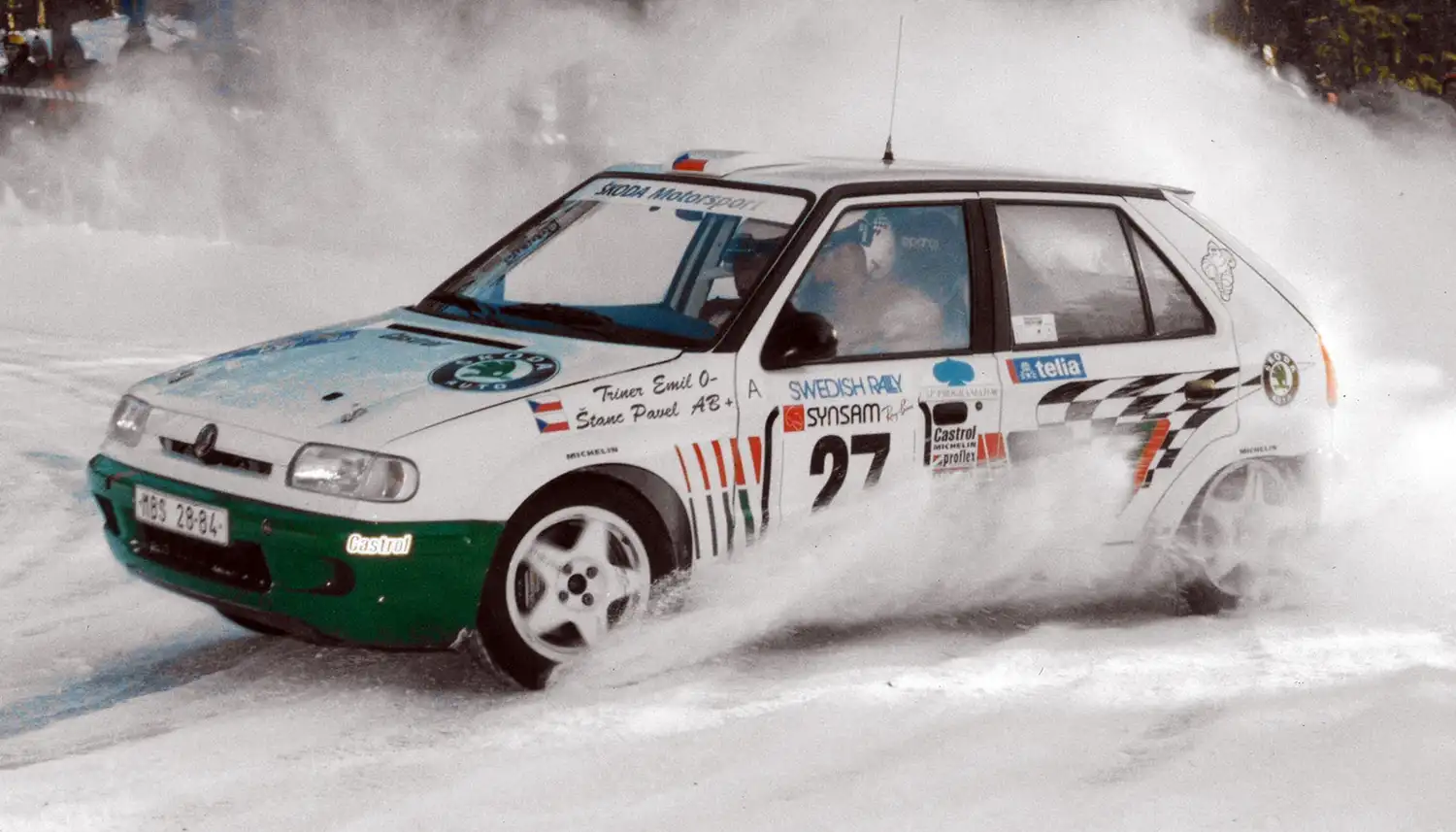
The Škoda Felicia has marked a significant chapter in automotive history, celebrating 30 years since its introduction as the brand’s first model under the Volkswagen Group. As the successor to the popular Škoda Favorit, the Felicia brought a range of modern technologies and features that contributed to its lasting legacy.
A Success Story
Launched in October 1994, the Felicia quickly became a commercial success, with over 1.4 million units produced until its production ended in 2001. This model’s versatility is one of its key strengths, as it was offered in various body styles, including a hatchback, estate, pickup, and other derivatives.
Dawn of a New Era
The Felicia was unveiled on Prague’s iconic Charles Bridge on 26 October 1994, with production commencing earlier that month at the Vrchlabí plant. This marked a new era for Škoda, as it became the first vehicle developed in collaboration with the Volkswagen Group, leveraging advanced technology and components. This partnership enabled Škoda to enhance its offerings with modern safety features and improved comfort, leading to the Felicia being named Car of the Year in the Czech Republic in 1994.
Design and Specifications
The Felicia was born from a comprehensive modernization of the Favorit, featuring a longer and wider design that increased boot capacity to 272 litres. The base engine was a 1,289 cc petrol four-cylinder, available in two power outputs (40 kW and 50 kW), with additional options introduced in subsequent years, including a more powerful 1.6 MPI engine and a 1.9 D diesel engine.

Throughout its production, the Felicia benefited from a steady stream of upgrades, including ABS, multiple airbags, power steering, air conditioning, heated front seats, and leather upholstery, making it a well-equipped choice for drivers.
Versatile Body Variants
In June 1995, the Felicia’s range expanded with the introduction of an estate model, offering 447 litres of luggage space. The Kvasiny plant began producing utility versions, such as the Pickup and Vanplus, which were popular for both work and leisure. The unique Škoda Felicia Fun, designed for recreational use, featured a distinctive 2+2 seating arrangement and a fold-out bench for rear passengers.
A major facelift in February 1998 aligned the Felicia’s exterior with Škoda’s evolving design language, mirroring elements from the Octavia. This update brought new body colours and additional equipment options, further enhancing its appeal.
Special Editions and Motorsport Success
The Felicia was available in various special editions, including the top-of-the-range Laurin & Klement trim, and the Atlanta edition, commemorating the Summer Olympic Games. Other notable variants included Sport Line, Color Line, and the Mystery edition, inspired by the Prague Astronomical Clock.
In motorsport, the Škoda Felicia Kit Car built on the Favorit’s success in the World Rally Championship from 1995 to 1997. The Kit Car, equipped with tuned four-cylinder engines, became known for its reliability and excellent handling, further solidifying the Felicia’s reputation as a versatile and durable vehicle.
A Legacy That Endures
When production of the Felicia ceased in June 2001, a remarkable 1,401,489 units had been produced. Its legacy endures not only through its sales success but also through its impact on motorsport and its enduring popularity among enthusiasts. The Škoda Felicia remains a symbol of innovation and quality in the automotive world, reflecting the brand’s evolution over three decades.
Source: Skoda
This article was crafted with assistance from Chatgpt
